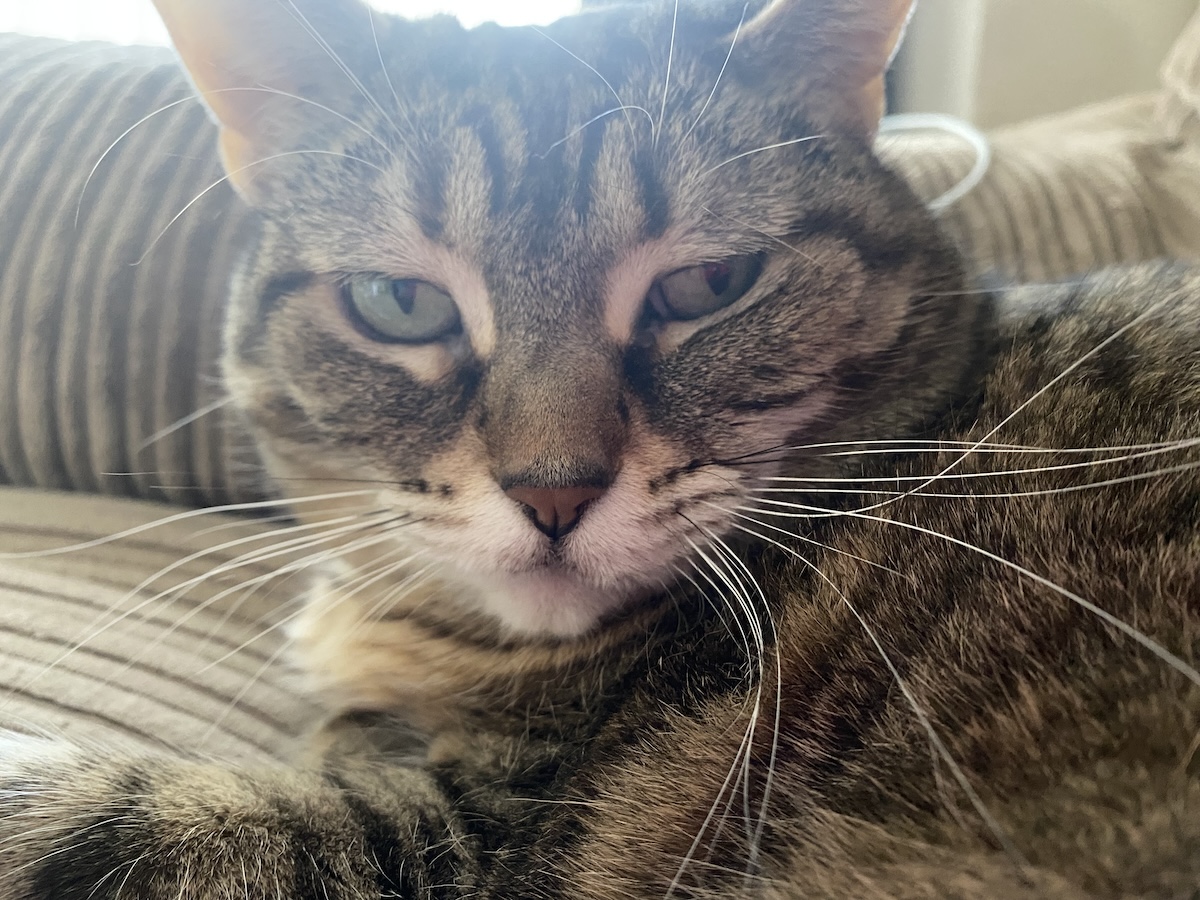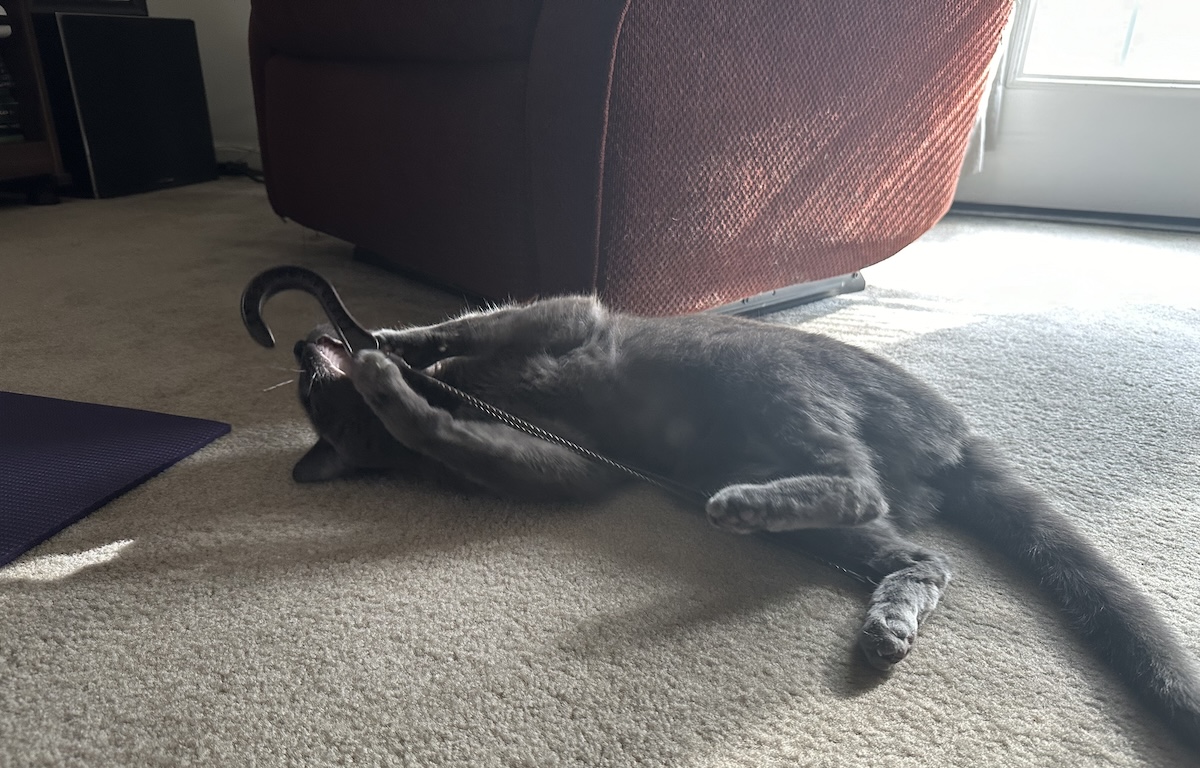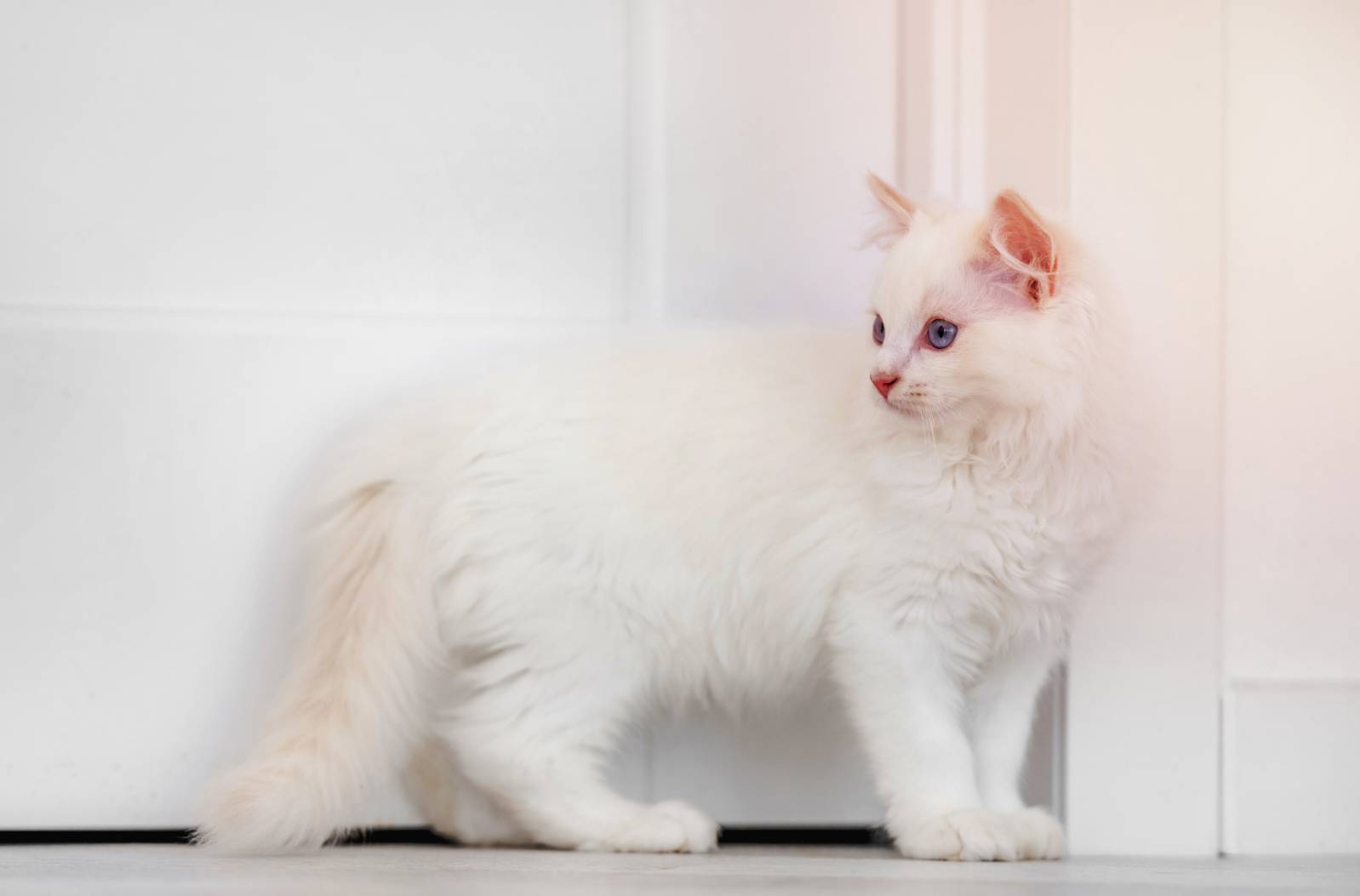Animal-assisted therapy, or pet therapy, involves trained animals helping people with various medical and psychological conditions, including those with autism spectrum disorder (ASD). Since ASD affects communication and social interaction skills, this type of therapy can be beneficial.
In recent years, pet therapy has become a popular complementary treatment method for autism in addition to traditional therapies. But what is pet therapy for autism, and how does it work?
How Does It Work?
Pet therapy for autism involves using animals such as dogs, cats, horses, and dolphins to help children with ASD improve their social skills, communication, and emotional regulation abilities. The animals are trained to engage with the children in particular ways, such as following instructions, responding to cues, and providing sensory stimulation.
Children with Autism Spectrum Disorder may struggle with social interactions and feel distressed in social settings. Pet therapy offers a distinctive and efficient solution to help these children overcome their difficulties.
It involves a trained animal that can provide a soothing and accepting presence. The animal’s presence can create a secure and supportive environment for the child, which can enhance their social skills and emotional well-being.
By providing a comforting and accepting presence, pet therapy can be a valuable tool in helping children with ASD to develop their social skills and feel more comfortable in social situations. This can lead to improved social interactions and better communication skills.
Another way that pet therapy works is by providing sensory stimulation. Children with ASD often struggle with processing sensory information correctly due to sensory processing difficulties. Animals can offer various sensory experiences, such as touch, movement, and sound, that can aid them in learning to process sensory information more effectively.

 What Are the Different Types of Pet Therapy for Autism?
What Are the Different Types of Pet Therapy for Autism?
Various forms of pet therapy are available for individuals with autism, comprising:
1. Animal-Assisted Therapy (AAT)
This involves the use of trained animals to help individuals with various conditions, including autism. The animal is guided by a trained therapist or handler to provide specific interactions with the child, such as following commands or providing sensory stimulation.
2. Service Animals
These are animals that are trained to perform specific tasks to help individuals with disabilities, including autism. For example, a service dog may be trained to interrupt self-harming behaviors or provide deep-pressure therapy to help calm the child.
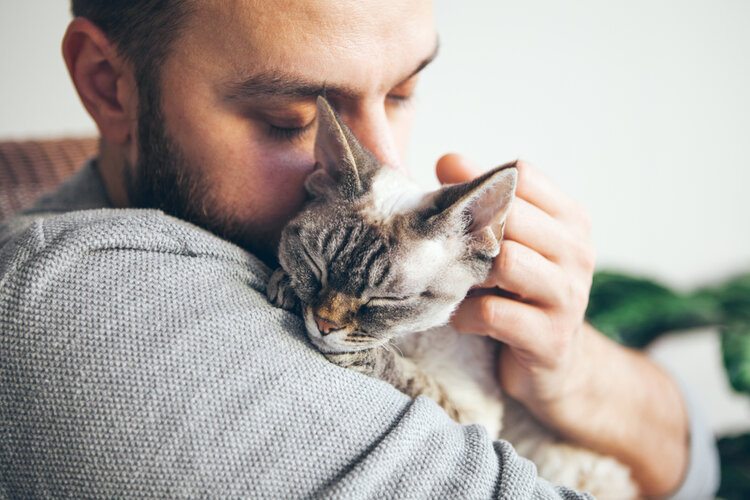
3. Equine Therapy
This involves the use of horses to help individuals with various conditions, including autism. The child may interact with the horse through grooming, riding, or other activities to improve communication, sensory processing, and emotional regulation.
4. Dolphin Therapy
This involves the use of dolphins to help individuals with autism. The child may swim or interact with the dolphins in a controlled environment to improve sensory processing and social skills.
These are a few of the types of pet therapy for autism that can be beneficial to individuals with this condition. Pet therapy is just one way to address the challenges associated with having autism and should be used in conjunction with other therapies to ensure the best possible outcome.
It’s important to discuss any pet therapy options with a healthcare professional before beginning treatment. Ultimately, it is up to you and your child’s care team to decide what type of pet therapy is best for their needs.
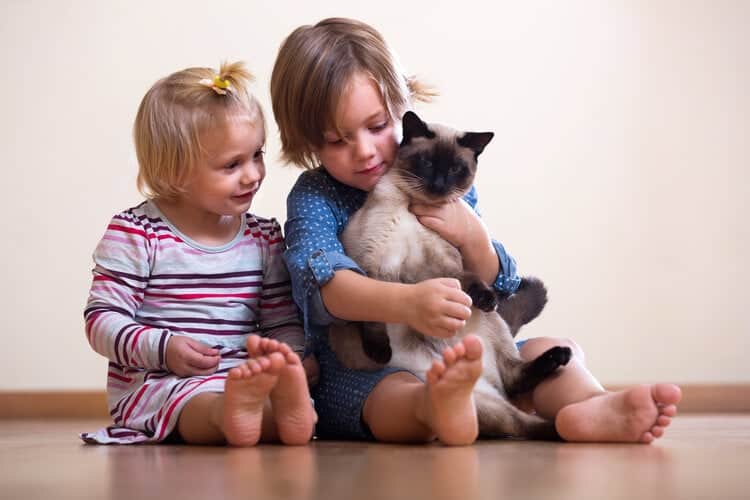
Where Is It Used?
Pet therapy for autism is a versatile therapy that can be used in various settings depending on the needs of the child and the availability of trained professionals.
In educational settings, pet therapy can be used to support the educational and social goals of the child. The therapy can take place in the classroom or the school’s therapy center.
For example, a therapy dog can be brought into the classroom to help children with ASD improve their communication and social skills. The therapy can help the child feel more comfortable and confident in social situations and promote a positive learning environment.
In therapy centers, pet therapy is often provided as part of a comprehensive treatment plan for children with ASD. The therapy for the child can be customized to address their specific needs and might involve various activities with the animal, such as grooming, walking, or playing.
This innovative therapy can help the child improve their communication, social skills, and emotional regulation. Therapy centers can be community-based or private, and professionals providing the service could be animal-assisted therapists, handlers, or trainers.
In hospitals, pet therapy can be used to help children with ASD cope with medical procedures and reduce anxiety. For example, a therapy dog may be brought into the hospital room to provide a comforting presence and distract the child during a medical procedure.
The therapy can also help the child feel more relaxed and reduce their anxiety levels. Children’s hospitals often have animal-assisted therapy programs that employ certified animal handlers and their trained animals to provide pet therapy.
In the home, pet therapy can be provided by trained professionals who visit the home to work with the child and the animal. The therapy can also be customized based on the specific needs of the child, with many potential activities.
These can include playing with the animal, practicing communication skills, and working on emotional regulation. Home-based pet therapy is becoming increasingly popular as it allows for more personalized and individualized therapy.
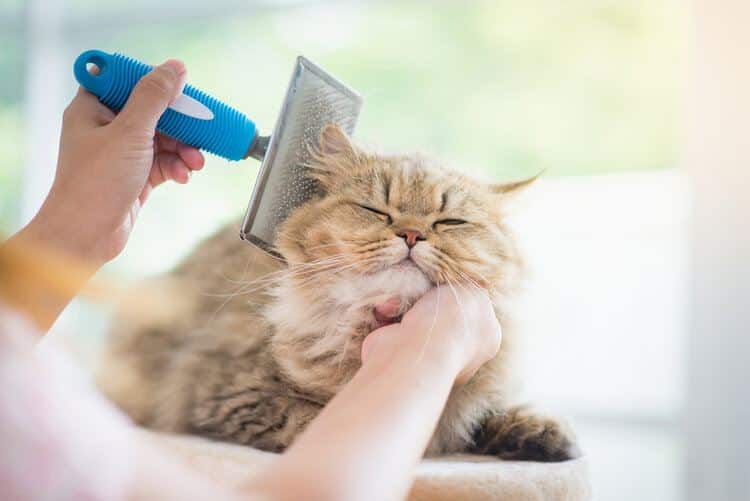
Frequently Asked Questions (FAQ)
Is pet therapy a substitute for traditional treatment methods for autism?
Pet therapy is not a replacement for conventional treatments like behavioral therapy, speech therapy, and occupational therapy. Rather, it is used in combination with traditional treatments to improve their efficacy as a complementary therapy.
What animals are commonly used in pet therapy for autism?
Dogs, cats, horses, and dolphins are some of the animals commonly used in pet therapy for autism. However, any animal can be used as long as it is trained and suitable for interaction with children with ASD.
Is pet therapy effective for all children with autism?
The effectiveness of pet therapy for autism varies from child to child. Some children may benefit significantly from pet therapy, while others may not respond as well. It is important to work with a trained professional to determine if pet therapy is appropriate and effective for a particular child.
How long does pet therapy for autism usually last?
The length of pet therapy for autism can vary depending on the specific needs of the child and the type of therapy being provided. In some cases, pet therapy may be a one-time visit or event, such as a therapy dog visiting a school or hospital. In other cases, pet therapy may be provided over a longer period of time, such as several weeks or months.
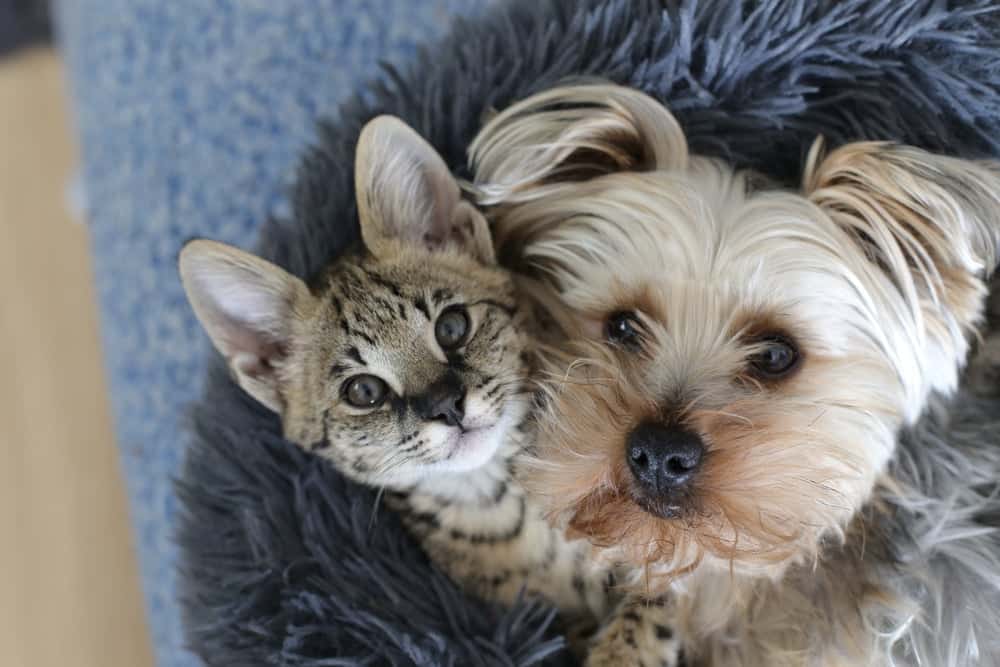
Conclusion
Pet therapy can be a helpful complementary therapy for children with ASD. It shows the potential to improve social skills, reduce anxiety, and enhance sensory processing. It’s adaptable to different environments and can be provided in schools, therapy centers, hospitals, and in the home.
Although there are benefits to pet therapy, it may not be appropriate for every child with ASD and should be combined with conventional treatment methods. More studies are necessary to comprehend the efficacy of pet therapy for autism and to determine the most effective ways to use it.
But overall, this unique therapy provides an engaging therapy experience that can be a valuable addition to a child’s treatment plan.
- Related read: Are Cats Good For Autistic Children?
Featured Image Credit: PhotoSunny, Shutterstock
Contents
- How Does It Work?
- What Are the Different Types of Pet Therapy for Autism?
- Where Is It Used?
- Frequently Asked Questions (FAQ)
- Is pet therapy a substitute for traditional treatment methods for autism?
- What animals are commonly used in pet therapy for autism?
- Is pet therapy effective for all children with autism?
- How long does pet therapy for autism usually last?
- Conclusion

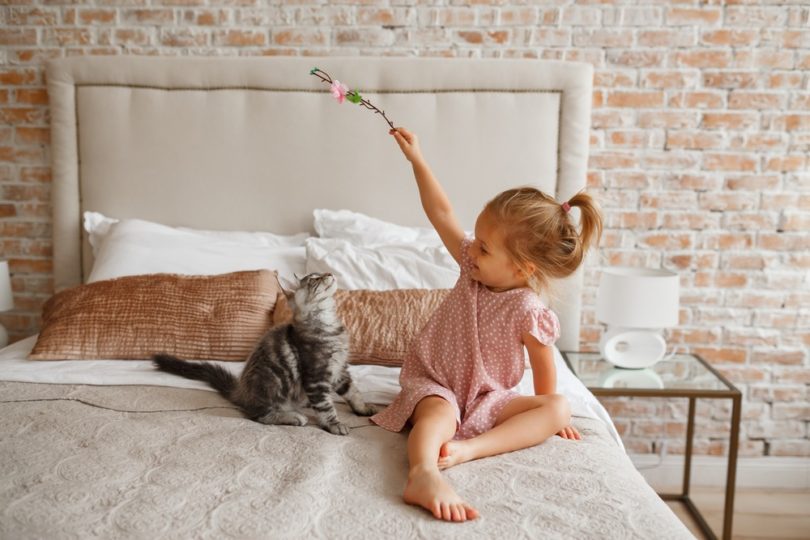


 What Are the Different Types of Pet Therapy for Autism?
What Are the Different Types of Pet Therapy for Autism?





